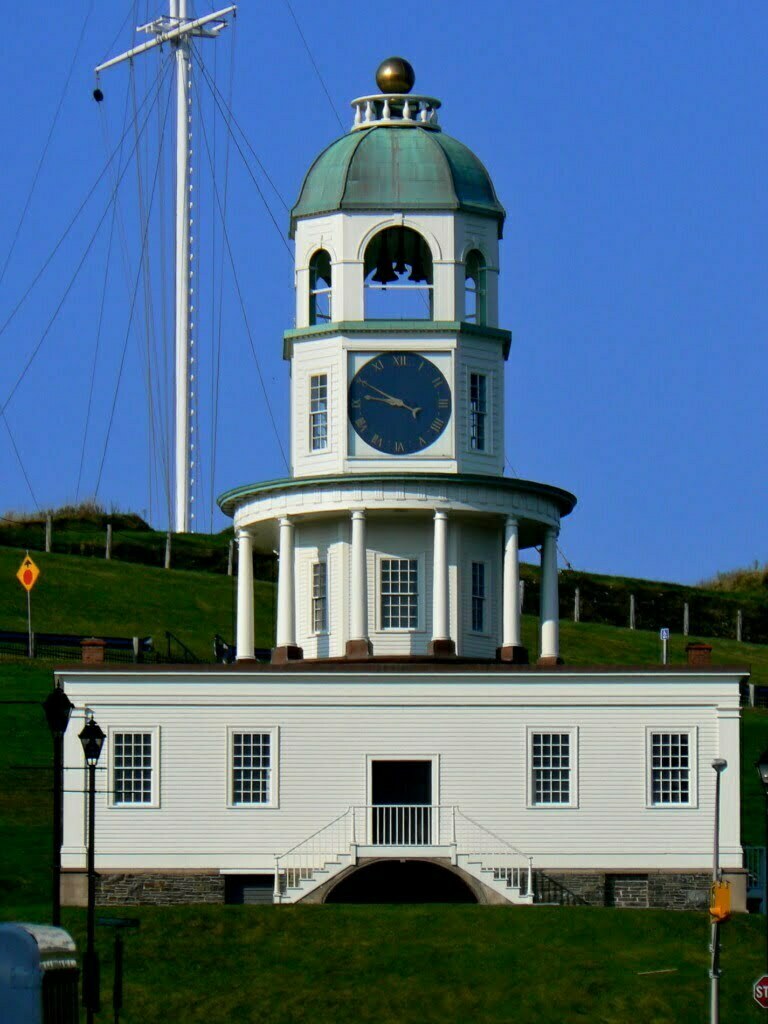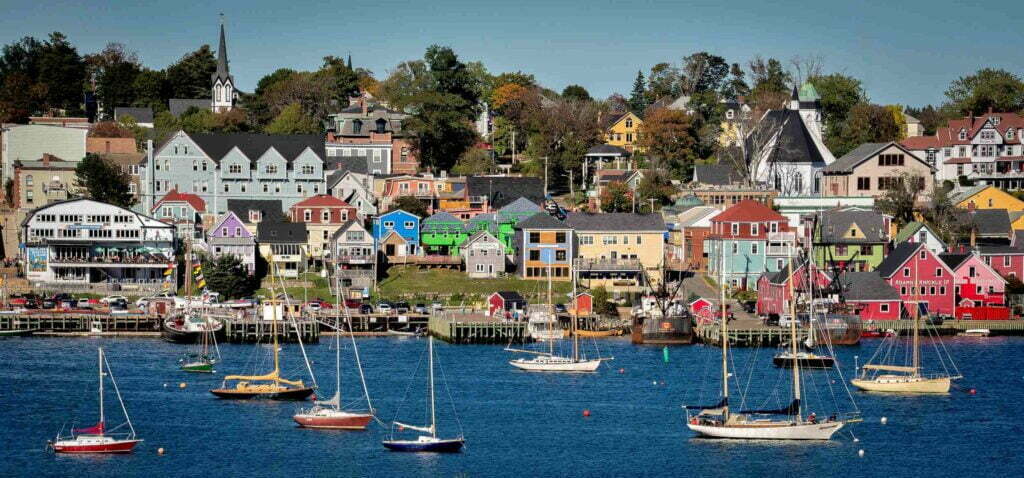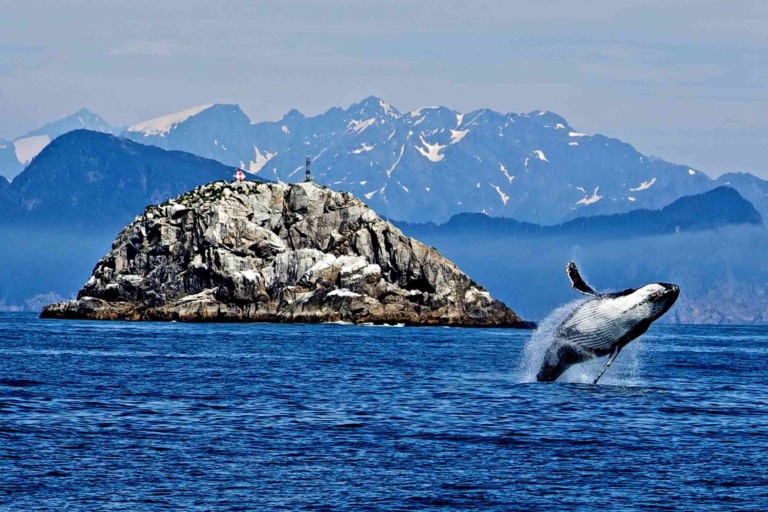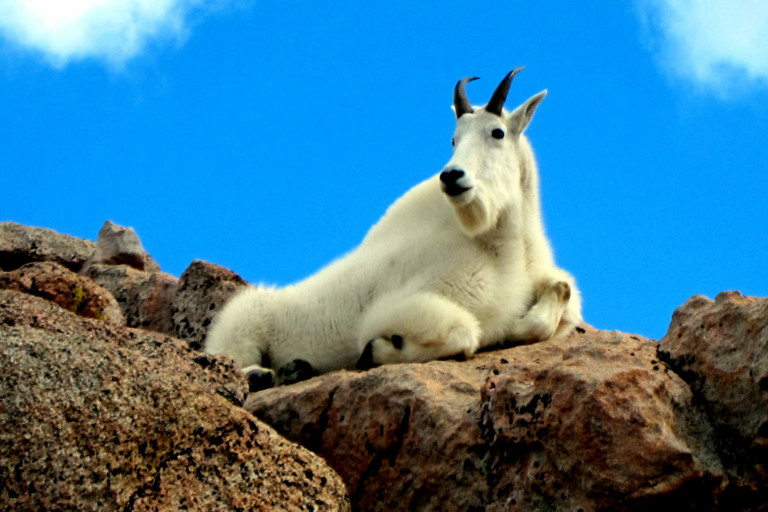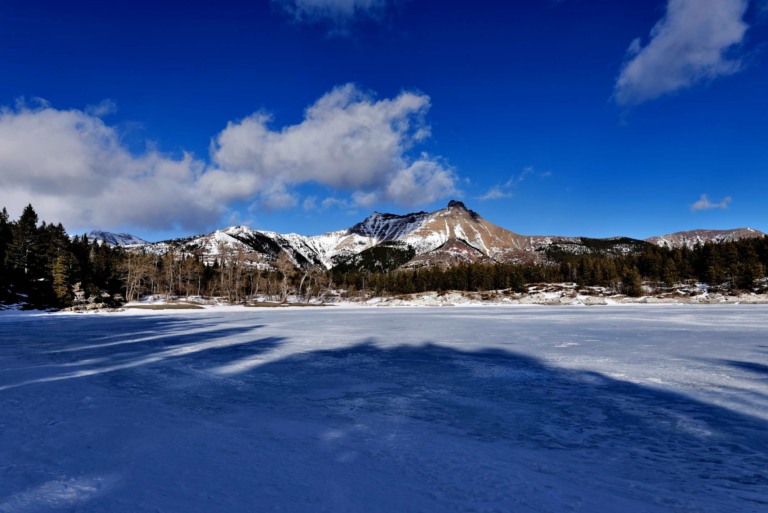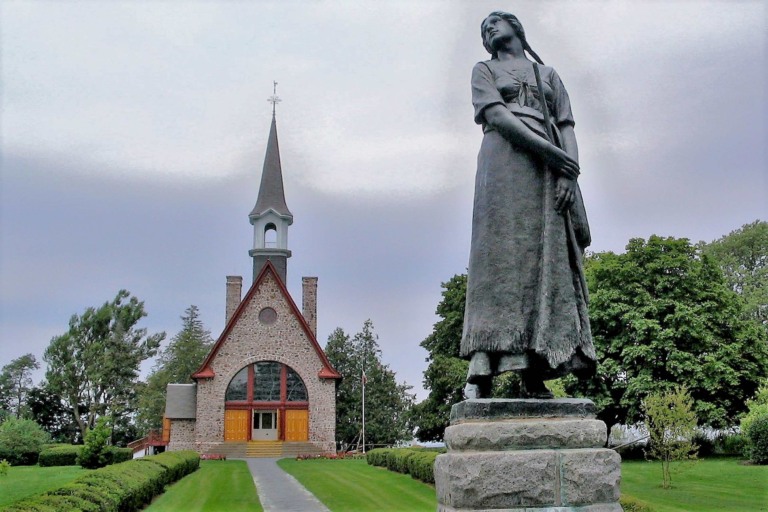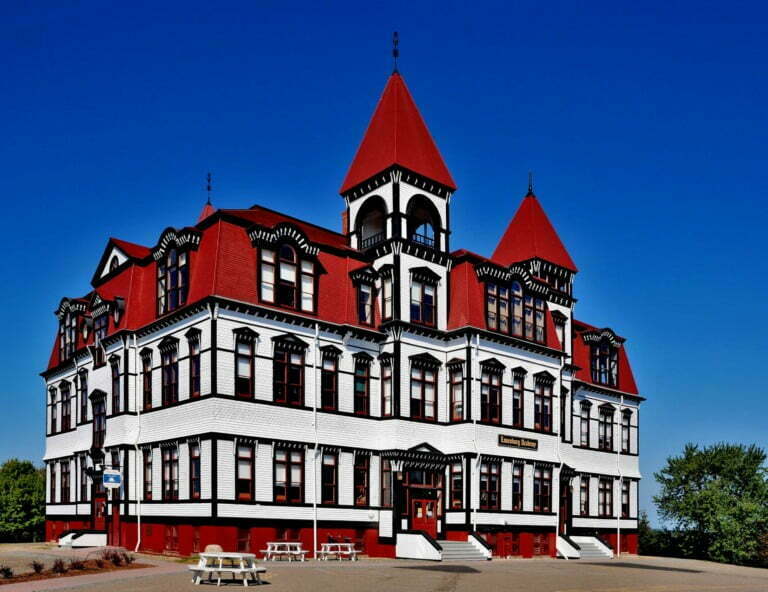Nova Scotia has 86 Canadian National Historic Sites. Each Nova Scotia landmark tells a story about an adventure, a different culture, a victory, a discovery, or beautiful scenery from hundreds of years ago. At the Fortress of Louisbourg National Historic Site, you can go back to the 18th century and learn about how English and French troops fought over North America.
Nova Scotia History
At the Alexander Graham Bell National Historic Site, you can take the “white glove tour” and learn how the famous inventor Alexander Graham Bell and his colleagues made the telephone, which changed the way people talked to each other forever.
At the Halifax Citadel National Historic Site, you can be a soldier for a day or learn how to shoot a real Snider-Enfield rifle like they did in 1869. Then you can walk down the hill to get to the Halifax Public Gardens. They opened to the public in 1875. In 1984, they were named a National Historic Site because they are one of the few Victorian gardens still standing in Canada. People in Nova Scotia are very proud of their long and interesting history. We’re sure that you will too.
UNESCO World Heritage Sites Nova Scotia
Nova Scotia has six places on the UNESCO list. Some of them are close enough to each other that you could see them all in a few days. For these places to be UNESCO sites, people from all over the world have to care about them. Nova Scotia is proud to be in the same group as the Pyramids in Egypt and the Great Barrier Reef in Australia.
Lunenburg Nova Scotia
Old Town Lunenburg is a UNESCO World Heritage Site that makes people feel like they are back in the 18th or 19th century, when this fishing port was full of tall ships. The streets that lead up from the harbor, where the famous sailor Bluenose II lives, are lined with old, colorful houses. Lunenburg’s shops, buildings, and businesses along the waterfront show off the town’s history.
You can walk around the town, talk to the people who live there, and eat freshly caught seafood. At the Fisheries Museum of the Atlantic, you can learn about lobsters, rum, and sea adventures. Plan to go to the blacksmith’s shop, which is now Ironwork Distillery, a small distillery where you can try fine spirits and rums.
Landscape of Grand Pré
Grand Pré is a UNESCO World Heritage Site because of its beautiful landscape. The Bay of Fundy and Annapolis Valley area, which includes Grand Pré, became Canada’s 16th UNESCO World Heritage Site in 2012. Acres of well-kept farmland on the 13-square-kilometer (5-square-mile) site are a tribute to the dyke system that Acadian settlers built in the 1700s on land that had been taken from the sea. This beautiful place is where the American poet Henry Wadsworth Longfellow set his story poem “Evangeline: A Tale of Acadie.”
The Grand Pré National Historic Site, which is part of the Landscape of Grand Pré UNESCO World Heritage Site, has information about the Acadian Deportation. Explore this area, which is surrounded by beautiful farmland and many vineyards that make award-winning wines. Going on wine tours and tastings, shopping at farmer’s markets, or eating at restaurants are all cultural and tasty things to do.
Joggins Fossil Cliffs
The Joggins Fossil Cliffs can be found in Nova Scotia. They are close to the Bay of Fundy. People who are interested in rocks, like geologists and tourists, have been coming to see them for more than 150 years. It was chosen as a UNESCO World Heritage Site because no other place on Earth shows as much about life in the Carboniferous period as this does. You can see how people lived 300 million years ago if you walk along the beach.
On the more than 15 km of coastal cliffs, you can find fossils from the “coal age,” when Joggins and most of the rest of the world were covered in thick forests. Fossils show the ancestors of plants, insects, and insects’ ancestors, as well as the ancestors of dinosaurs. All of these things happen because the world’s highest tides are so strong. At the interpretive center, you can go on tours and look at fossils of plants and animals.
Cliffs of Fundy Geopark
Explore the geological importance of the area and how it affects local communities, the rich Mi’kmaq culture, and the natural surroundings of this amazing area, which is near Joggins Fossil Cliffs and goes from Apple River to Debert along the Bay of Fundy.
The Cliffs of Fundy The UNESCO Global Geopark shows how the supercontinent Pangea joined together 300 million years ago and then broke up 100 million years later. Learn about the mythical Kluskap and how he made the Five Islands, the Three Sisters, and Partridge Island. Find fossil cliffs, look at the ocean floor when the tide is out, go on a guided tour, and stop in towns along the way.
Bras d’Or Lake Nova Scotia
The UNESCO Biosphere Reserve at Bras d’Or Lake is in the middle of Cape Breton Island. It is surrounded by hills and has an island in the middle. Boaters like the Bras d’Or Lake because the tides are calm and there are lots of beaches and coves that protect them from the wind. The Bras d’Or Lake is a unique place because it has both fresh water and salt water. It is also home to a wide range of marine and bird life, from the majestic bald eagle to the curious grey seal.
Even near the water, there are many different kinds of plants and animals. Five Mi’kmaw First Nation communities and the descendants of early French, Scottish, and English settlers live in the large watershed. People in the biosphere are very interested in their culture. In 2011, the area around the Bras d’Or Lake and where its water comes from was named a UNESCO Biosphere Reserve.
This was done to show that the people there work for a healthy economy, culture, and environment, and that they live in harmony with nature. In St. Peter’s and Baddeck, you can rent a sailboat, paddle through the inlets of Baddeck Bay, hike to Uisge Ban Falls, go on a Mi’kmaw cultural journey, or join a ceilidh or milling frolic at the Highland Village. Take pleasure in how peaceful and beautiful this place is.
Southwest Nova Biosphere Reserve
The Southwest Nova Biosphere Reserve is one of Canada’s largest protected areas. It has over 1.5 million hectares of beautiful coastal and inland land, and people all over the world know about its unique natural diversity and cultural treasures. The Kejimkujik National Park and Historic Site, the Dark Sky Preserve and Starlight Zone, and the Tobeatic Wilderness Area make up the “core protected area” of the Biosphere Reserve.
On the Atlantic coast, there are beaches; rocky headlands; North Mountain; the powerful Bay of Fundy, which has the highest tides in the world; and the peaceful Annapolis Valley, which is in a nearby “Zone of Cooperation” for Biosphere. Inside the Biosphere, you can learn about 10,000 years of Mi’kmaq history, hike and paddle through the wilderness, and hear stories about whales, tall ships, pirates and privateers, turtles, and trout.
You can also drive along beautiful roads and see the elegant loyalist architecture of many towns, like Shelburne, Yarmouth, Digby, and Annapolis Royal. The history of African Nova Scotians in Birchtown and the beautiful Acadian coastal towns, museums, and churches in the Districts of Clare and Argyle are part of the biosphere’s cultural heritage. The town of Annapolis Royal and the nearby tidal basin show how much Canada has changed over time.
Nova Scotia Landmarks
Sites in Nova Scotia that are supported by UNESCO. There are now two places in Nova Scotia with dark skies. Acadian Skies & Mi’kmaq Lands is the first place in North America to get a Starlight certification from the Starlight Foundation, an organization backed by UNESCO. It is near Yarmouth and Acadian Shores in the southwestern part of Nova Scotia.
A second Dark Sky Preserve site is in Kejimkujik National Park and National Historic Site. In 2010, the place was called the Dark-Sky Preserve. From the Parks Canada Sky Circle viewing area, people can see the stars at night and take part in stargazing events. Visitors to the park can rent dark-sky kits to use while they are there.
